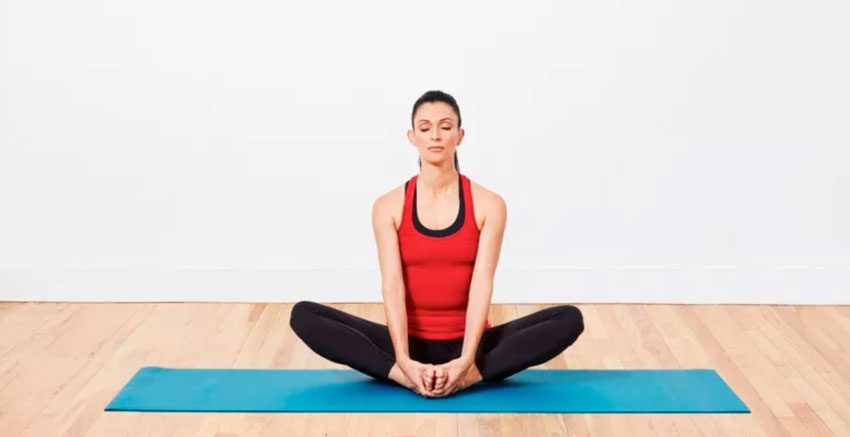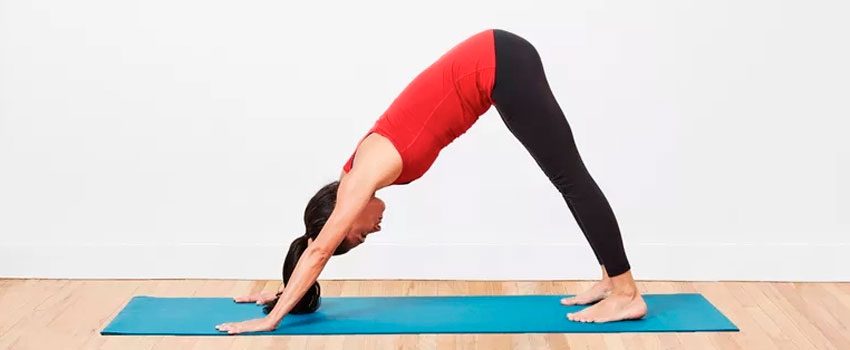The Most Important Yoga Poses for Beginners The first acquaintance with the practice of yoga begins with a small shock from a huge number of poses, each of which has its name and features of the effect on the body. Trying to memorize each one, approaching classes like a school lesson, will not work. All knowledge comes gradually. The longer you practice yoga, the more techniques you master.

Don’t be tempted to do difficult poses right away. It is always necessary to start with the basics and the simplest techniques. This is true not only for yoga but also for any sports discipline. Mastering simple asanas is not just preparation for more complex postures, but also a huge benefit for the body, body. Most of the basic movements do not lose their relevance, even for those who have been doing yoga for a long time.
The main advantage of all asanas, regardless of the level of difficulty, is that they can be performed at home and do not require any special devices. It is enough to buy a special rug and comfortable clothes. To make the first lessons easy and simple, you can use the program below with a description of the basic most useful, and effective thirty postures.
1. Bridge pose (Bandha Sarvangasana)

- It is a bridge that delicately stretches and improves the mobility of the spine.
- Thanks to this exercise, you can eliminate the negative consequences of prolonged sitting, because most modern people spend most of their lives in this position.
- It’s okay that the pose seems difficult at first, no.
- The comfort of the asana in the first lessons allows you to increase the block, which is placed under the back.
2. Chakravakasana

Another “bridge” -type pose, which allows not only to stretch and improve the bending of the spine. By moving up and then down, the back heats up and literally “wakes up”.
This has a positive effect on well-being and allows you to prepare for Vinyasa, and balance breathing with movement.
3. Child’s pose (Balasana)

The resting pose is essential for all beginners to practice yoga. It stretches the hips and spine, but this is not the only effect it has. Thanks to this asana, you can take a break between poses without compromising the practice, since it works for the benefit of the body.
To take such an asana, there is no need to wait for the right time. If the body gives signals that it needs a little rest, you can safely take this pose.
ADVERTISEMENT
4. Pose of the shoemaker (Badha Konasana)

The seated asana, often referred to as the shoemaker’s pose is a posture that allows you to stretch your inner thighs. The first time, the exercise can be performed while sitting on a blanket or a block, which will allow the knees, since the hips are slightly higher than when sitting on the mat, to open as naturally as possible.
Keeping your knees high is much more difficult than it might seem, but you can’t strain your legs while doing this. The correct technique implies that they are completely relaxed. To improve the beneficial effect of this movement, something is placed under the knees.
ADVERTISEMENT
5. Pose of the cobra (Bhujangasana)

It is a bridge called the cobra pose. Sequential execution of asanas in Vinyasa requires multiple repetitions of this movement during each lesson. The full pose assumes that the cobra is done on the arms, straightened at the elbow joints, with a deep bend in the back.
There is an easier variation that is suitable for beginners. It is performed without resting on the hands, that is, with the deflection of the chest alone. Both options involve anchoring the pelvis to the floor surface before lifting.
ADVERTISEMENT
6. Savasana

A pacifying asana for rest, which is also called the posture of the dead. It is performed at the end of each lesson and allows you to fully record the effect obtained and safely make the transition to everyday life. In yoga, the body is completely subordinate to the movements, and the mind is released.
When they take a completely motionless position, at first it seems uncomfortable and does not give calmness, but after a certain time it begins to be given much easier and a feeling of calmness comes almost immediately.
ADVERTISEMENT
7. Mukha Svanasana

This is a fairly popular and widespread asana that allows you to achieve a versatile effect. Movement is included in almost every activity. This body position is not natural. It is difficult at first, but soon enough it begins to come easily and allows you to rest peacefully.
Legs in this position do not need to be kept fully extended. The ability to bend the knees makes movement accessible to many.
ADVERTISEMENT
8. Downward Dog Pose

A balance poses similar to the previous asana. It improves coordination and strengthens the core muscles. From the starting position, raise the leg upward.
The emphasis is on the position of the hips at the moment the leg leaves the floor. The height to which the leg rises is of secondary importance.
ADVERTISEMENT
9. Sakhasana

A simple sitting posture that many beginners find one of the most difficult when looking at those who practice yoga. Cross-legged sitting is quite difficult for most people and becomes the main reason people do not continue. It’s okay that the asana is given with difficulty.
It will work if you first use the supports. The main advantage of the technique is that it allows you to get rid of the negative consequences that long and frequent sitting in a chair leads to.
ADVERTISEMENT
10. Uttita Parsvakonasana

The standing position of the right lateral angle can be performed with the hand outside the foot, but this position is not suitable for everyone. The arm can be placed on the block either from the inside or outside of the foot so that the forearms are against the hips.
This position is especially suitable for beginners. The main thing is that the hands do not create obstacles for opening the chest towards the ceiling.
ADVERTISEMENT
11. Garland Pose (Malasana)

Standing garland pose. It allows you to compensate for the absence of such an important movement as squats in a person’s daily life. Exercise for the corresponding effect is often referred to as a “hip opener”. This does not mean that it only affects these muscles.
The asana has a beneficial effect on the feet, which are rarely given attention. In cases where squats from such a position are difficult, they resort to the help of support.
ADVERTISEMENT
12. Ardha Uttanasana

Standing asana or half-bend is performed with a straight back and is often included in the Sun Salutation complex, but rather quickly, which does not allow you to pay enough attention to it. For beginners, this pose is highly recommended as a separate practice. It allows you to learn to feel and control your own body.
At first, it is better to follow the plane of the back with the use of a mirror. It is not recommended to completely lower your hands on the palms, using the latter as support for better balance. It is better to place your hands on your legs in such a way that it is easier to keep your back straight.
ADVERTISEMENT
13. Ardha Matsyendrasana

The seated half asana of the lord of the fish is twisting, which is an indispensable part of yoga practice. They improve the mobility of the spinal column and have a beneficial effect on the function of the digestive system.
These twists are especially good for constipation. If the bent lower leg interferes with mastering the exercise, you can straighten it in the first sessions.
ADVERTISEMENT